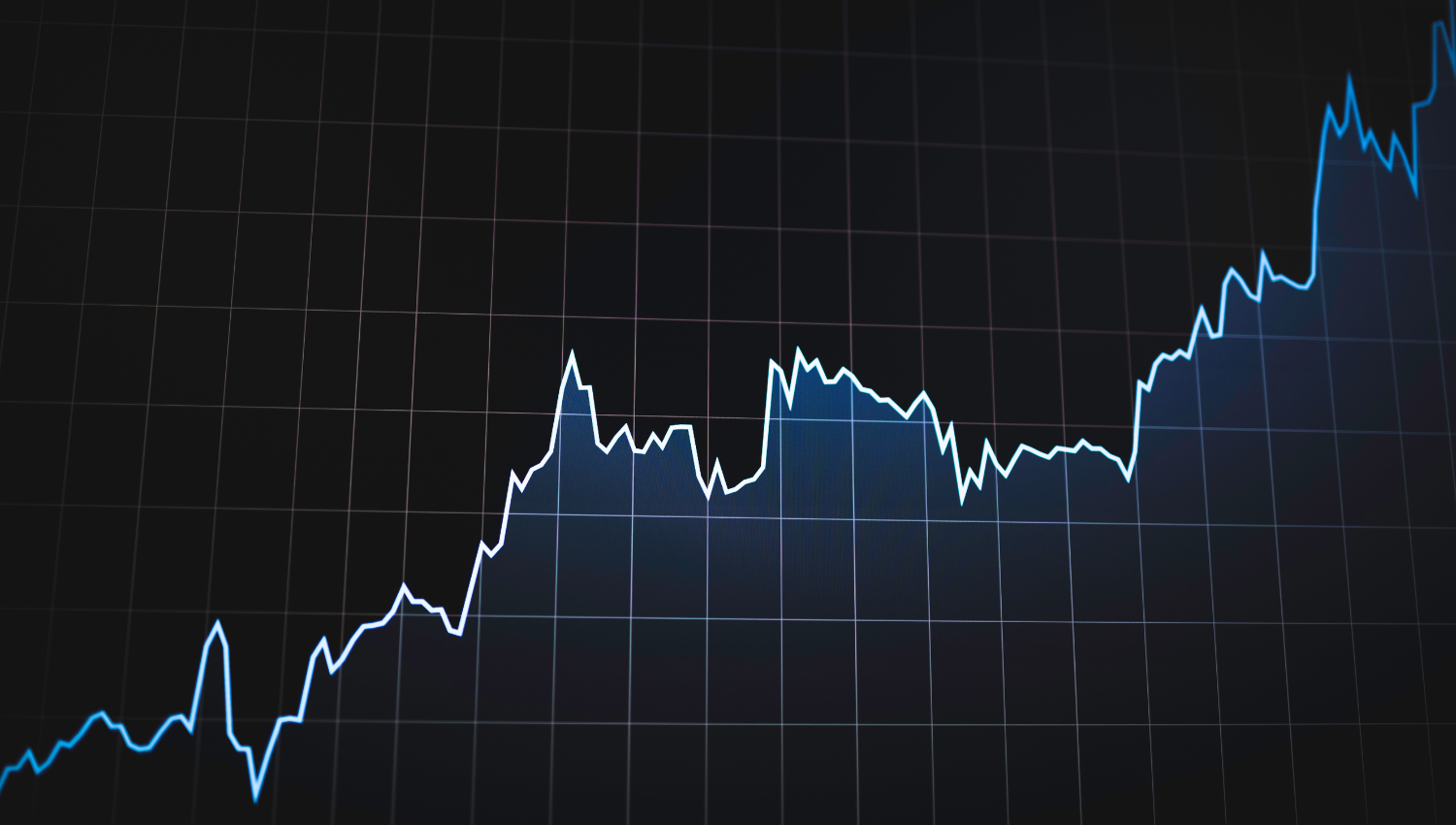Analytical Framework for Evaluating Currency Valuation

Introduction
Currency valuation is a critical aspect of international finance and economics, influencing trade, investment, and global economic stability. Understanding how to assess the value of a currency is essential for businesses, investors, policymakers, and economists. To effectively evaluate currency valuation, an analytical framework is necessary. This framework helps stakeholders make informed decisions about currency exchange rates, investments, and trade strategies. In this article, we will delve into the key components of an analytical framework for evaluating currency valuation.
1. Exchange Rate Determinants
The first step in evaluating currency valuation is understanding the various factors that influence exchange rates. These factors can be broadly categorized into two main groups: macroeconomic and microeconomic.
a. Macroeconomic Factors:
- Interest Rates: Higher interest rates tend to attract foreign capital, increasing demand for the currency.
- Inflation Rates: Low inflation rates can boost a currency's purchasing power and attractiveness to investors.
- Economic Indicators: Economic data, such as GDP growth, unemployment rates, and trade balances, affect currency value.
b. Microeconomic Factors:
- Speculation: Traders' expectations and market sentiment can lead to short-term fluctuations in currency value.
- Political Stability: Political events and stability in a country can influence currency valuation.
- Market Interventions: Central banks and governments may intervene in the foreign exchange market to impact currency rates.
2. Purchasing Power Parity (PPP)
The Purchasing Power Parity theory suggests that in the long run, exchange rates should adjust to equalize the purchasing power of different currencies. It provides a framework for comparing the relative value of currencies based on the price of a standardized basket of goods and services. Deviations from PPP can indicate whether a currency is overvalued or undervalued.
3. Real Effective Exchange Rate (REER)
The Real Effective Exchange Rate takes into account not only the bilateral exchange rate of a currency but also the relative price levels of a country and its trading partners. Evaluating a currency's REER helps assess its competitiveness in international trade. An overvalued currency can harm a country's exports, while an undervalued currency may boost exports but lead to inflation.
4. Interest Rate Differentials
Interest rate differentials between two countries can significantly impact currency valuation. The carry trade strategy, for instance, involves borrowing in a currency with a low-interest rate and investing in a currency with a higher interest rate. Understanding these differentials is crucial for evaluating currency valuation.
5. Capital Flows and Investor Sentiment
The flow of capital across borders plays a vital role in currency valuation. Capital flows can be driven by factors such as economic conditions, interest rate differentials, and investor sentiment. A strong inflow of foreign capital can appreciate a currency, while capital flight can lead to depreciation.
6. Historical Trends and Technical Analysis
Analyzing historical exchange rate trends and using technical analysis tools like moving averages, support and resistance levels, and chart patterns can help identify potential future movements in currency valuation. While technical analysis is often more relevant for short-term trading, it can provide valuable insights.
7. Market Sentiment and Behavioral Factors
Psychological factors and market sentiment can influence currency valuation. Traders' perceptions, news events, and geopolitical developments can lead to sudden shifts in market sentiment, impacting currency prices. Evaluating these factors requires staying informed about global events and understanding how they might affect market sentiment.
Conclusion
Evaluating currency valuation is a complex and multifaceted process that involves analyzing various economic, financial, and behavioral factors. A comprehensive analytical framework, as discussed in this article, is essential for making informed decisions regarding currency exchange rates, investments, and international trade strategies. By considering macroeconomic and microeconomic factors, PPP, REER, interest rate differentials, capital flows, historical trends, technical analysis, and market sentiment, stakeholders can gain a more nuanced understanding of currency valuation and navigate the dynamic world of foreign exchange markets more effectively.

